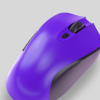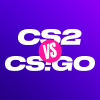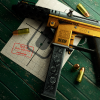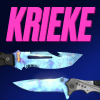Counter-Strike: Global Offensive is the most popular online shooter on Steam and one of the most important events in the history of esports. Today, CS.MONEY tells everything you need to understand the main principles of the game.

Counter-Strike: Global Offensive is a competitive first-person shooter developed and released by Valve. It is a sequel to CS:SOurce and CS 1.6. There is no single-player campaign in the game, and the entire gameplay is based on several network modes. The main one is Competitive Mode.
Competitive mode
Competitive mode has its strict rules: the time of the round is limited, you can damage allies, and all uniforms and weapons must be bought. The main competitive mode is Bomb Defusal, which is played by two teams of five people.
There are 30 rounds in the match, and after 15 rounds each team switches sides. The team to score 16 points wins the game.

The game pits two teams against each other: the Terrorists and the Counter-Terrorists. The T-side must eliminate all opponents or plant and detonate a bomb at one of two bombsites in a set period of time. The CT-side needs to prevent the bomb planting, to diffuse a planted bomb, or to eliminate all the enemies.
All maps in this game mode are similar and have the prefix “de_”. Each map has four main locations: T Spawn, CT Spawn, bombsite A, and bombsite B.
Economics
The main difference between Counter-Strike: Global Offensive and other competitive shooters, such as Call of Duty, is the use of an economy system. Completing certain objectives such as planting or defusing the bomb, elimination of enemies, and winning a round are awarded with in-game currency, which can be spent at the beginning of each round for buying armor, weapons and grenades. Unspent money remains saved up for future rounds.
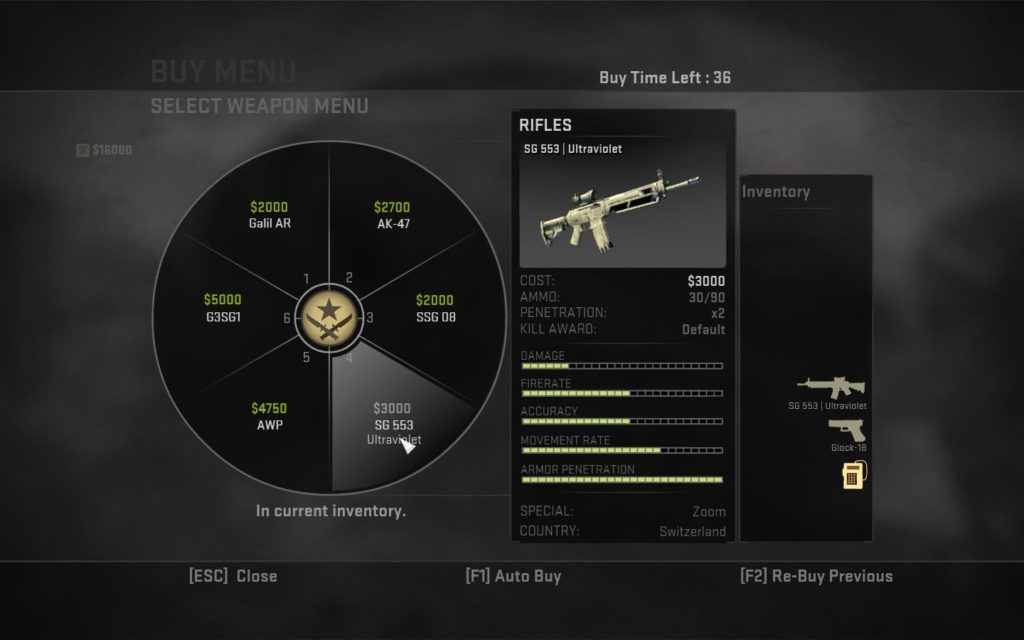
Bad actions are fined. Killing teammates or shooting hostages will reduce the amount of player’s money. A special case is losing a round. A series of defeats is rewarded from $1,400 for the first defeat in the series to $3,400 for the fifth and subsequent ones. Each subsequent round defeat increases the bonus by $ 500 to a maximum of $3400.
An exception is a defeat of the T-side when the time of a round is over. In this case, all survived players get 0, but they retain all their weapons and armors for the next round.
The ability to count your economy and the enemy’s economy is an important competitive skill that helps to win rounds before they even start.
Other modes and matchmaking
In addition to Competitive mode, the game also has Casual mode, Deathmatch, Arms Race, Battle Royale and several others, including time modes. Each mode has its own rules.

For example, in Battle Royale there is no division into rounds – the entire game is one big round, and in Arms Race economy is disabled. The only way to improve equipment is to kill an opponent and earn points for changing weapons.
There are three separate rating systems in Competitive mode, Battle Royale, and Wingman mode. All other modes have no rating system. The rating system monitors the level of the game and according to it assigns appropriate rank. Players of similar levels are found by a selection system, which is called “matchmaking”.
Esports
Counter-Strike: Global Offensive is a leading esports shooter. Esports means competitions of the highest level. Dozens of international Counter-Strike: Global Offensive tournaments are held annually bringing together hundreds of teams

All competitions can be divided into two large groups: network and LAN. The first ones are played on the internet, and the latter on local networks. LAN tournaments are considered more prestigious. They are similar to normal sport matches with arena, stands, spectators, commentators and other familiar attributes.
The game’s developer Valve supports esports and holds several annual tournaments, which are called majors. Victory in a major is the climax in a player’s career and can be compared with a victory in the World Cup.
Microtransactions
In 2018, Counter-Strike: Global Offensive became free. The main source of income from the game is microtransactions. A number of cosmetic items are available for purchase in-game. With their help, players can change the appearance of their weapons, characters or the game environment by drawing graffiti or changing the music insert at the end of a round.
Many items can be obtained in two ways: by a random drop or by trading/buying from another player. The Steam marketplace is the main platform for buying and selling. Although there are other trading platforms.
For example, at CS.MONEY you can directly buy or exchange items. Unlike Steam we have lower prices and a more intuitive interface.
Now you know everything you need about CS:GO.

